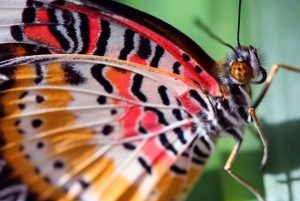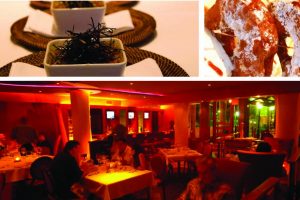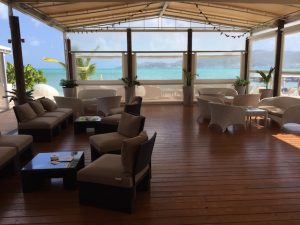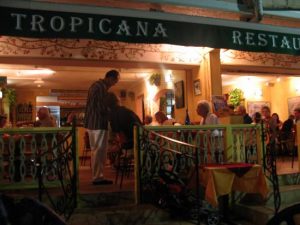Health in St. Maarten / St. Martin
Tropical diseases
Two vaccines are strongly recommended of you are traveling to St. Maarten / St. Martin : typhoid and hepatitis A, which you can get through contaminated water or food, regardless where you are staying. Typhoid vaccine is particularly important if you plan on going to small villages or rural areas, or if you are an adventurous eater.
Rabies is present in bats in St. Maarten / St. Martin. However, it is not a major risk to most traveler. Doctors recommend vaccine for travelers involved in activities that put them at risk of bat bites (caving), and for people who will be working with or around bats. Yellow fever is not present in St. Maarten / St. Martin, therefore you don’t need a vaccine.
Insects and animals
Alike the rest of West Indies, mosquitoes and ticks are present in St. Maarten / St. Martin, especially during rainy periods. They may transmit nasty diseases such as dengue, chikungunya or zika, for which there is no existing vaccine. Therefore, mosquito repellent, plug-in and burning coil devices repelling mosquitoes are strongly advised. While purchasing a repellent for mosquitoes or ticks, only chose products containing one of the following active agents : 20% or more DEET for protection against mosquitoes and ticks, to ensure it will last several hours; for mosquitoes repellent make sure they contain DEET, picaridin (also known as KBR 3023, Bayrepel and icaridin), oil of lemon eucalyptus (OLE or PMD) or IR3535. After outdoor activities, check out your entire body for ticks.
There are no dangerous animals in St. Maarten/ St Martin, except the rare fer-de-lance snake. If you notice trees marked with a red paint, it is Manchineel tree, which green berries are very toxic : you should never stand under one in the rain or eat its berries. Thus, the most common danger for travelers may be the sun, in the case of overexposure.
While swimming in the turquoise waters of St. Maarten/ St Martin, watch out for sea urchins, jellyfishes and sharp coral. Wearing fins or waterproof sandals is usually an answer to those dangers. Swim only in designated areas, and obey warning flags and lifeguards on beaches. Do not swim in freshwater in developing areas or where sanitation is poor. Schistosomiasis is a parasitic infection that spreads in fresh water and that is present in St Marteen/ St Martin. Thus, it is advised not to swim in fresh, unchlorinated water, such as lakes, ponds or rivers.
Safety in St. Maarten/ St Martin
Like in almost any place, there is crime on the island, and you should keep it in mind. The crime rate is low, but it still exists, and especially hits tourists. However, it is wrong to say that St. Maarten/ St Martin is unsafe. First of all, you should be careful with what some people call the “Vacation Head Syndrome”. This “Syndrome” designates the trend people tend to have when they are in holidays to not use their common sens the way they use to it at home. For example, forgetting your phone in the car or at the beach, stopping in the middle of the road to look at something,…Being aware of this tendency can already help you avoid any loss of keys or phones. Part of Vacation Head is the idea of safety when one is on vacation. However, don’t do anything you wouldn’t do at home: don’t leave your purse on you car seat back, nor walk around alone late in an unknown area.
However, if you like to walk around by night, there are some place you may want to avoid. You should avoid Sandyground, the French Quarter and the Dutch Quarter. Those places are safe during the day, but you should avoid them at night. In conclusion, safety in St. Maarten/ St Martin is depending on your choices.





































